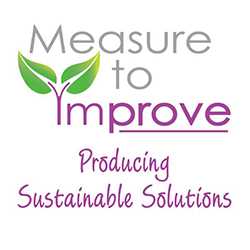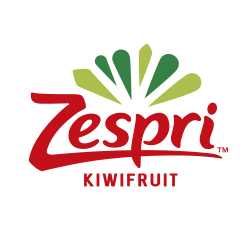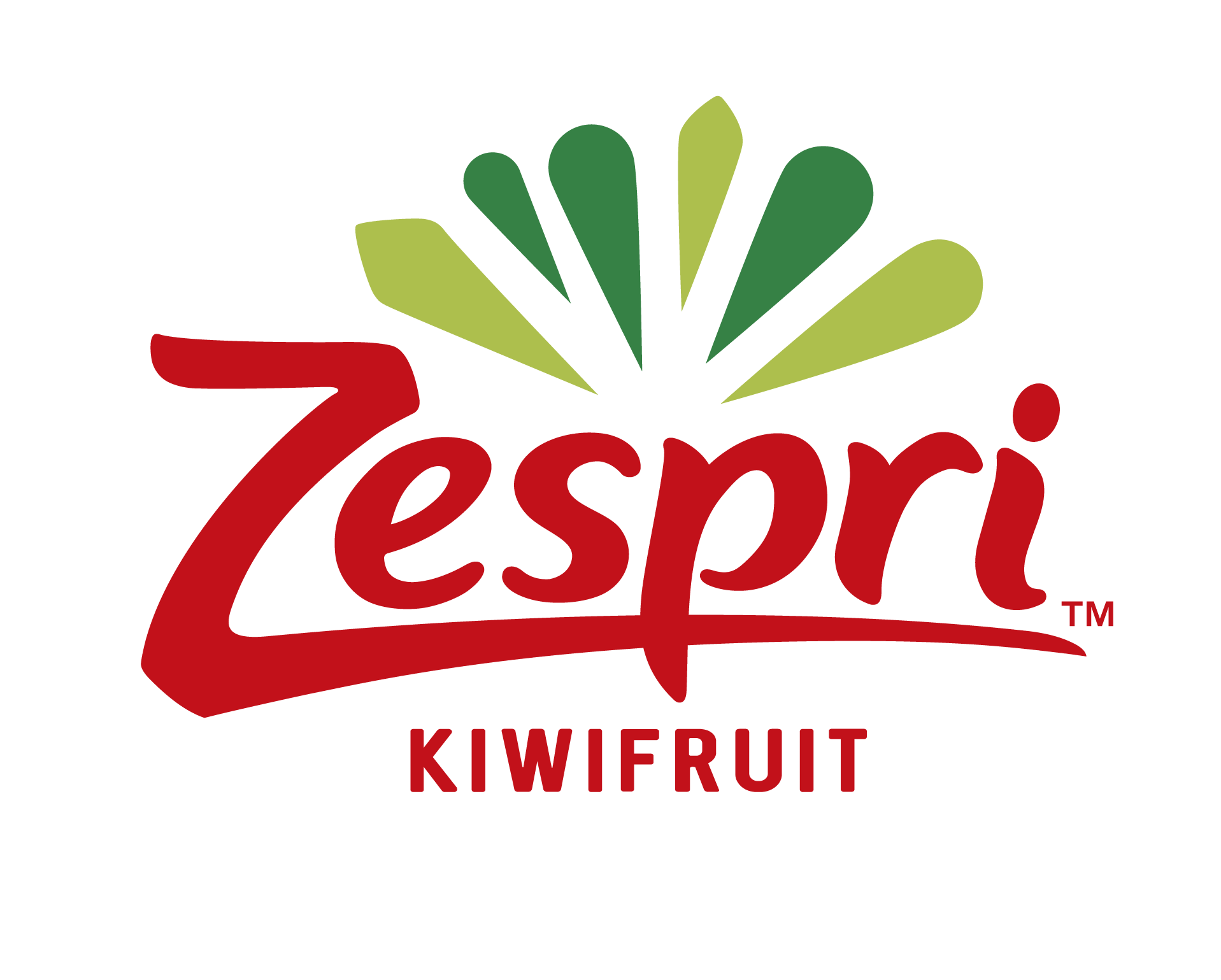In June 2024, the United Nations General Assembly named 2025 the International Year of Cooperatives, with the theme of “Cooperatives Build a Better World.” The global initiative aims to highlight the role cooperatives play in advancing sustainable development, promoting social inclusion and fostering resilient economics across sectors.
Cooperatives have long been part of the U.S. agricultural landscape, from small rural groups to large, enduring institutions like Sunkist.
According to a news release, the theme ‘Cooperatives Build a Better World’ highlights the lasting global impact of cooperatives and emphasizes that the cooperative model is a crucial solution for addressing various global challenges. Additionally, it underscores the significant role cooperatives play in advancing the implementation of the Sustainable Development Goals by 2030.
“The decision by the General Assembly could not be timelier. The innovative contributions of cooperatives for sustainable development will be crucial for accelerating progress in achieving the Sustainable Development Goals as we approach 2030,” says Li Junhua, Under-Secretary-General of the United Nations Department of Economic and Social Affairs. “The second International Year of Cooperatives will be an opportunity to mobilize all stakeholders to support and expand cooperatives everywhere, strengthening their contributions for a better world.”
The key objectives for IYC25 include:
- Governments creating an enabling environment for cooperatives.
- Cooperatives promoting public awareness, developing new leaders and leveraging cooperation.
- Institutions and development agencies promoting cooperatives through education, strengthening capacities and facilitating international collaboration.
- The public understanding the cooperative identity and supporting cooperative initiatives.
Cooperatives are business enterprises owned and controlled by the very members they serve. Their member-driven nature is one of the most clearly differentiating factors of cooperative enterprises. This fact means decisions made in cooperatives are balanced by the pursuit of profit, and the needs and interests of members and their communities. Cooperatives take many forms and operate in all sectors of society. Most share a unique set of principles that keep them attuned with their member-driven characterization, the release says.
The Packer reached out to experts about how cooperative economics are reshaping the values of American agriculture.
Vernon Oakes, radio host of Everything Cooperative
The Packer: How do cooperative economic models shift the traditional power dynamics in American agriculture, especially for small or marginalized farmers?
Oakes: Cooperative models redistribute power by centering decision-making and ownership within the hands of producers, often small-scale, Indigenous, BIPOC and immigrant farmers who are typically excluded from dominant agribusiness systems. Instead of being price-takers in volatile commodity markets controlled by a few corporate giants, co-op members collectively negotiate, set standards and share in the value created. This model fosters economic democracy and self-determination.
Co-ops also create space for peer learning, shared risk and mutual aid. For instance, immigrant-led co-ops like Cooperative Tierra y Libertad in Washington empower Latinx farmers to reclaim land and autonomy through collective governance and shared infrastructure.
In what ways are agricultural co-ops refining what value means in today’s food system, beyond just profit?
Agricultural co-ops challenge the narrow definition of value as financial return and instead emphasize:
- Ecological stewardship: Many co-ops prioritize soil health, pollinator habitats and low-input regenerative practices, recognizing long-term ecosystem vitality as essential.
- Community well-being: Co-ops often reinvest in rural healthcare, housing, food access and education.
- Cultural and food sovereignty: Co-ops led by BIPOC or immigrant communities preserve heirloom crops, traditional farming practices and culturally relevant food systems.
- Worker dignity: Worker-owned and hybrid co-ops prioritize living wages, benefits and safer working conditions.
By integrating these dimensions, co-ops shift agriculture from an extractive enterprise to a values-aligned ecosystem.
What are the biggest barriers preventing wider adoption of cooperative economics in U.S. agriculture, and how might they be overcome?
Major barriers include:
- Access to capital: Traditional lenders often don’t understand cooperative structures, making financing difficult.
- Policy and legal frameworks: Many state and federal programs were designed for individual proprietors or large-scale farms, not collective models.
- Lack of awareness or training: Many farmers are unfamiliar with cooperative governance or daunted by the perceived complexity.
- Market consolidation: A handful of agribusinesses control processing, distribution and retail channels, making it hard for co-ops to compete.
To overcome these, we need:
- Targeted public investment (e.g., USDA Rural Cooperative Development Grants).
- Legal and technical support for forming and sustaining co-ops.
- Education programs that integrate co-op economics into land-grant university curricula.
- Policies that incentivize shared ownership, local sourcing and regenerative practices.
Would you share examples where ag co-ops have had a measurable impact on local economies or rural communities?
Yes, several cooperatives across the country have demonstrated measurable impact by anchoring rural economies, preserving farmland and empowering communities:
- Organic Valley, a farmer-owned dairy co-op, has helped thousands of family farms stay in business while adhering to organic and regenerative standards. Their structure allows profits to be redistributed to members and invested in community well-being.
- Federation of Southern Cooperatives has supported Black land ownership, sustainable farming and cooperative development in the rural South for more than 50 years, serving as a national model for racial equity and economic justice.
- National Co+op Grocers, a business services cooperative for 166 independently operated food co-ops across the U.S., leverages collective purchasing power to support small-scale, regional and cooperative producers. NCG strengthens local food systems by connecting consumer co-ops with agricultural co-ops, reinforcing circular economies and community ownership. The scale of NCG amplifies local economic multipliers in dozens of communities.
- Cabot Creamery, a farmer-owned dairy cooperative in the Northeast, is another example. Its commitment to quality, sustainability and shared prosperity has enabled family farms in Vermont and surrounding states to remain viable in a tough dairy market. Cabot reinvests profits in member farms, supports rural job creation and has won national recognition for both product excellence and environmental stewardship.
- Mandela Grocery Cooperative in Oakland sources from small BIPOC growers and reinvests profits into food justice initiatives in their community.
- La Semilla Food Center in the Southwest supports youth-led food sovereignty and small farm networks in underserved desert communities.
These examples illustrate how co-ops not only improve economic outcomes for producers but also reinvest in the vitality and sustainability of their regions — creating a regenerative loop of value. They generate local jobs, circulate capital locally and prioritize resilience over short-term profit.
How can cooperative models support a more resilient and ethical supply chain from farm to consumer?
Co-ops reduce and humanize supply chains by promoting direct relationships, transparency and shared values at every stage, from grower to distributor to consumer. They can:
- Build trust through traceability and ethical standards (e.g., fair labor, regenerative practices).
- Invest in infrastructure like shared cold storage, mobile markets or co-packing facilities that empower smaller producers.
- Create consumer co-ops that align purchasing power with producer values.
- Buffer against shocks (e.g., climate, market volatility) through diversified ownership and risk-sharing.
Ultimately, co-ops embed resilience by valuing people and planet over extraction and consolidation. As climate instability and economic inequality deepen, cooperative agriculture offers not just an alternative but a necessity.
Matt Watkins, public affairs/grant strategist, policy analyst and founder of Watkins Public Affairs.
The Packer: How are cooperative economics reshaping the values of American agriculture?
Watkins: Cooperative economics are reshaping the values of American agriculture by shifting the focus from scale to shared power. I’ve worked with farmer co-ops, regional food councils and producers across the country, especially in the specialty crop space, who are using the co-op model to rebuild what industrial agriculture has eroded: local control, mutual trust and the ability to negotiate from a place of strength.
At a time when small and mid-sized farms are being pushed out by consolidation and market volatility, co-ops give growers a structure to share costs, build infrastructure and access buyers on their own terms. This creates a quiet but profound shift. Growers move from being price-takers in a fragile supply chain to becoming price-setters with a seat at the table. The values that emerge — collaboration, equity, long-term stewardship — stand in contrast to the extractive mindset that dominates large-scale agriculture. Most importantly, this model helps keep more producers on the land.
Explain the rise of cooperative economics.
The rise of cooperative economics in agriculture represents a values reset. I’ve seen it in communities where farmers come together not just to sell produce, but to reclaim their sense of agency. Co-ops are not just about pooling resources. They are about rebuilding relationships between growers, between regions and between people and the land.
The current agricultural system rewards scale, speed and volume. That has pushed countless small producers, especially those growing specialty crops, to the margins. Co-ops offer a different path. Shared ownership and democratic decision-making become the foundation. This shift brings new voices into leadership, often from immigrant communities, BIPOC growers and younger farmers. It redefines what success in agriculture looks like. Not just yield, but connection, fairness and place-based resilience.
What is changing as a result?
The shift toward cooperative models is not just philosophical, it is structural. I’ve worked with farmers in regions where there is no way to survive without cooperation. Input costs are rising. Market access is limited. Large-scale buyers hold all the leverage. Co-ops give small producers, especially those growing specialty crops, the chance to stabilize, to plan and to stay in business.
What is changing is the belief that competition alone drives progress. Cooperative economics reminds growers that shared strategy, collective bargaining and joint investment often create more durable outcomes. In many places, co-ops are the only viable counterweight to a food system dominated by scale. The values taking root — mutual support, democratic governance and long-term planning — are creating not just stronger business models, but more resilient rural economies. That kind of resilience is the future agriculture needs.
Jim Phillips, president and CEO of Sunkist Growers, Inc.
The Packer: How has Sunkist’s cooperative model evolved to meet the changing needs of its grower-members?
Phillips: Over our 130-plus-year history, the Sunkist cooperative has adapted by investing in innovation and best practices — from digital tools and marketing strategies to packing technology and global logistics. Today’s competitive citrus landscape requires more flexibility and responsiveness, and we’ve evolved alongside our growers to deliver just that.
What do you see as the biggest advantages of the co-op structure for citrus growers, compared to independent or corporate farming models?
The cooperative model ensures growers retain control and transparency in how their fruit is marketed. Every grower is also an owner, so the success and increased efficiencies of the business are directly tied to grower success. That shared value drives collaboration and long-term thinking to grow the citrus category.
How does Sunkist balance individual grower autonomy with collective decision-making and branding?
Our growers maintain autonomy over how they farm and operate, while benefiting from the collective scale and brand strength that Sunkist brings to market. That balance of independence paired with unified representation is what continues to make the co-op model so powerful in an increasingly competitive global marketplace.



















